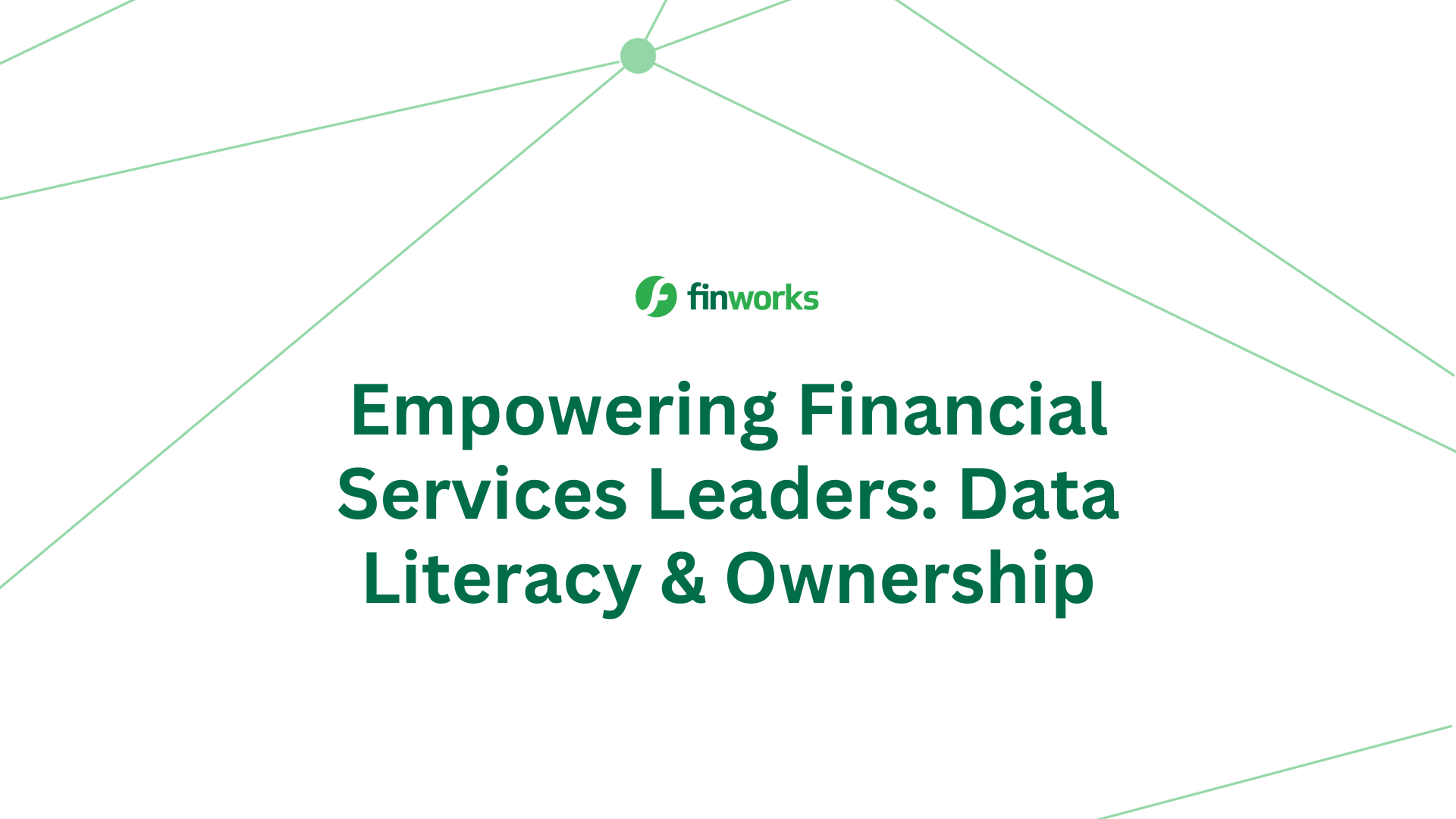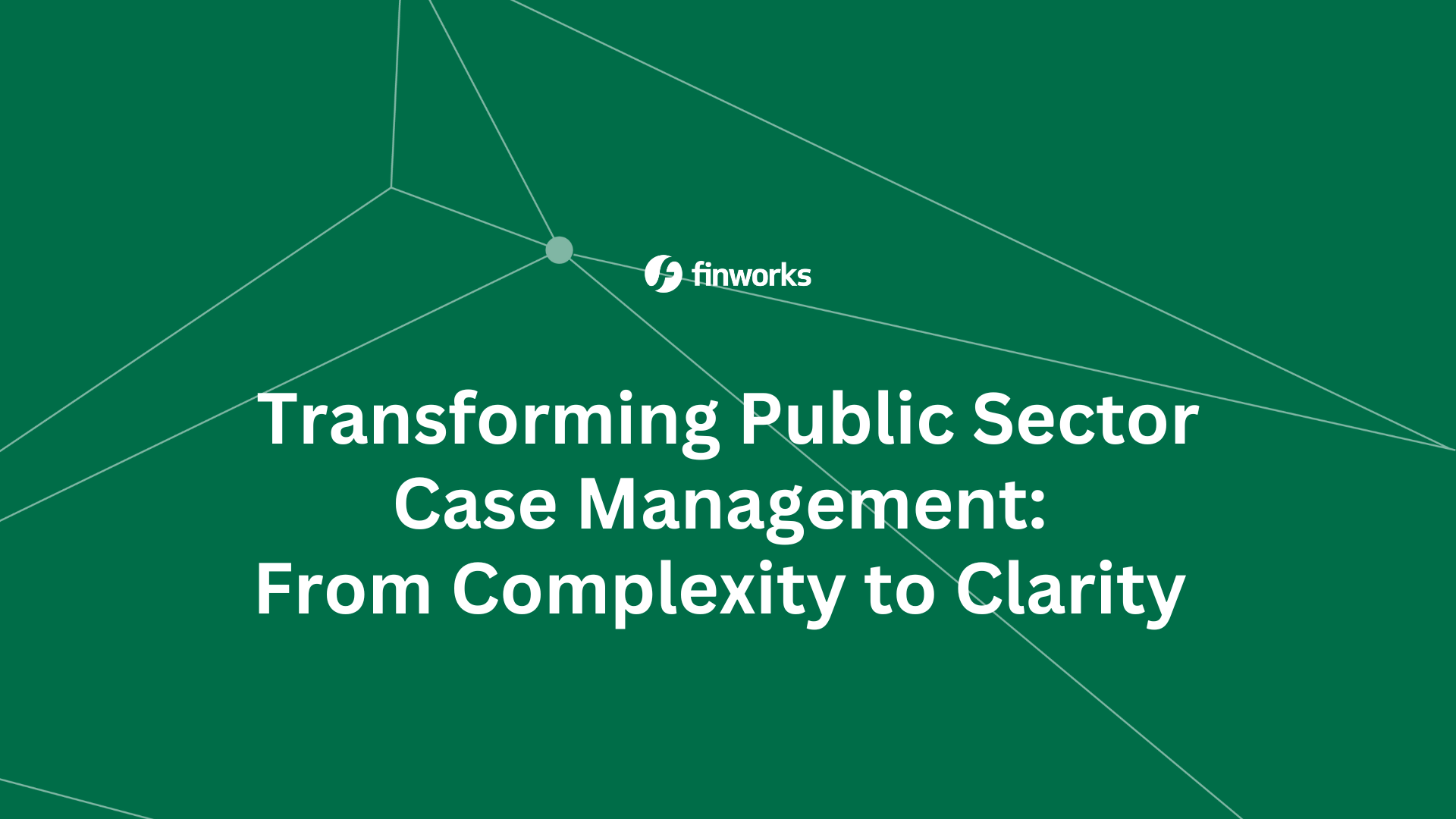The Modern Enterprise Data Fabric
A data fabric is a distributed data ecosystem that makes it easy for end users, applications, and data management services to use and access all the data. It shouldn't be thought of as a single solution but as a strategy for accessing data. Gartner says that the data fabric architecture makes it possible to "share and access data without friction in a dispersed network environment."
A data fabric, in the context of modern data management, offers a way of collecting, storing, and analysing disparate data sources. It also allows the software-based integration of all data-related processes, technologies, and capabilities into a unified information technology infrastructure. Furthermore, an enterprise data fabric offers standardised methods for accessing, storing, and managing an organisation's vast volume of raw data.
Data Fabric a "must-have" for data-centric enterprises
Data Fabric is gaining interest in enterprise data management because it merges relational databases and data lakes to accommodate both structured and unstructured data. It is common for organisations to have various databases that hold different sorts of data but do not necessarily connect.
Data Fabric tackles this challenge by merging databases and data lakes into a single platform that can handle all data-structured, unstructured, and streaming forms in one place. One of the most challenging difficulties that organisations face today is integrating structured and unstructured data.
Data Fabric Architecture
Every organisation has diverse demands. There are hundreds of real-time use cases in enterprise operations that need a massive-scale, hyper-speed data architecture capable of processing thousands, if not millions, of transactions at the same time. Enterprises that use this sort of data framework share architectural characteristics that are unique to a data fabric.
A well-designed data fabric architecture is flexible and capable of supporting large-scale, on-premise, distributed multi-cloud, and hybrid deployments. Finworks data infrastructure implementations ensure enterprises have more robust, more wide-reaching and more valuable data.
Forrester Research has identified six typical levels for modern enterprise data fabrics:
- Data management: provide governance and security.
- Data ingestion: discovers relationships between structured and unstructured data.
- Data processing: filters only relevant data.
- Data orchestration: cleaning, transforming, and integrating data.
- Data discovery: identifying new methods to integrate various data sources.
- Data access: allows users to explore data using analytic and business intelligence tools depending on access permission.
.png?width=1024&height=768&name=Data%20Fabric%20Components%20(1).png)
Data Fabric and Data Mesh Architectures
Data fabric and data mesh are modern data management approaches that seek to address the organisational complexity and challenges associated with understanding, controlling, and working with business data in a hybrid multi-cloud environment. But both data architecture ideas complement one another.
Data mesh architecture tackles four critical concerns in data management:
- Data is dispersed over dozens, if not hundreds, of legacy and cloud systems, which makes it difficult to generate a single source of truth.
- Data-centric organisations must cope with the speed and amount of data.
- Data is difficult to retrieve, and access often requires data engineering.
- Communication breakdown between operational data consumers, business analysts, data engineers, and data scientists.
In terms of data management, a data fabric offers the capabilities necessary to execute and fully use a data mesh by automating many of the operations required to develop data products and manage data product lifecycles.
Data as a product: Because a data product is a business entity handled in a virtual data layer, domains are not required to interact with underlying source systems.
Enterprise-wide collaboration: Domain-specific teams collaborate with centralised data teams to develop APIs and pipelines for their data consumers, regulate and restrict access permissions, and monitor use.
Analytical and operational workloads: Data fabric gathers and analyses data from underlying systems to offer data products on demand for online and offline use cases.
Advantages of Data Fabric Architecture
A data fabric is a centralised platform that allows enterprises to organise, process, and analyse data from various sources. Data fabrics have several advantages, including:
Enhanced data management
Data fabric architecture is an advanced technology that significantly improves data management and integration. It does this by constructing a "fabric" of data from various data repositories and systems. This fabric enables businesses to rapidly and easily access data from any place and combine data from several sources.
Data fabric makes data administration easier by enabling businesses to combine data into a single place. This removes the need to maintain several data stores and greatly simplifies data access and integration. It also makes data transfer across systems simple, allowing businesses to quickly and effectively take advantage of new data sources and technologies.
High consistency, durability, and availability
Passive metadata includes certain underlying technical information such as data types, schemas, models, and so on. It may be seen as a way of collecting and storing metadata in the traditional sense in a static data catalogue that does not record how those metadata assets have changed or been utilised.
Active metadata is more sophisticated than passive metadata since it includes operational, business, and social metadata in addition to fundamental technical data. Unlike passive metadata, which is static, active metadata may track changes in metadata. This implies that for each asset, more information is given on who used it, when, and how often.
The information is then sent to all of the tools in the data fabric pool so that when a user accesses the data, they may see the enriched metadata for that table. The switch from manual (passive) metadata to automated (active) metadata is needed for large-scale data processing, continuous analysis, and better data governance and security.
Excellent performance
The capability of data fabric to handle and analyse data in real-time makes it the ideal platform for powering live analytics applications. These programmes give quick insights into the present status of the organisation by evaluating data as it is updated.
The advantages of real-time analytics are apparent. Organisations can make better judgments and move faster to capitalise on opportunities if they grasp the company's present situation. Live analytics can also assist firms in identifying and addressing issues before they have a negative impact on the company.
Tight security
As data loads increase and organisations face an expanding number of data-related regulations, the imperative for a data fabric architecture can assist in managing and securing data becomes more apparent. In several ways, a data fabric can help organisations meet data regulations. First, a data fabric can help enterprises centrally manage and secure data, regardless of where it originates. This is particularly crucial for enterprises that must comply with data residency regulations since it allows them to regulate and protect data inside certain geographic regions easily.
A data fabric may also assist enterprises in automating data flow between applications and repositories. This may be beneficial for organisations that must comply with data-sharing requirements since it allows them to readily exchange data with authorised parties while ensuring that only the necessary data is shared. A data fabric may also let enterprises rapidly and efficiently remove data when required, ensuring compliance with data destruction standards.
Reduce cost
One of the advantages and characteristics of the data fabric architecture is its ability to minimise data management expenses. Here are some examples of what it does:
- Eliminates the need for costly hardware and software.
- Eliminates the need for data marts and data warehouses.
- Eliminates the need for an ETL tool.
- Eliminates the need for specialised coding.
- It saves a lot of time to develop new applications.
- It reduces the volume of storage needed.
- It reduces the amount of bandwidth needed.
Why use Data Fabric?
With the introduction of data fabric, many new possibilities for business data management have developed. This is a promising field, and data administrators must seize this new technology. Approaches that have been utilised in data management and analytics for years may struggle to keep up with the pace. We will most likely have to alter our thinking in this area. The architecture and key concepts of Data Fabric address the overwhelming majority of the existing and most critical issues in designing and deploying data lakes and data warehouses.
We can now design a solution with infinite scalability and capability by exploiting cloud platform capabilities. Finworks Data Fabric brings this concept to life and positions it as the most promising approach to data management available today. Modern enterprises must consider data fabric solutions while embarking on their data management journey.

.png)


